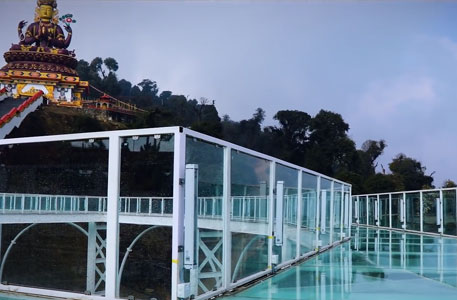

Why Glass is Green
Green buildings are known to effectively reduce the carbon footprint and save energy. They enable the judicious use of resources and improve human productivity. As a transparent, recyclable and energy-efficient building material, glass is an important component that makes a building green. In modern buildings, glass is the primary source of daylight and connection to the outdoors that impact the well-beings of occupants.
With every green building, we are one step closer to a greener planet, one that will benefit not just us, but also the generations to come.
What Makes Glass the Ideal Building Material?
Recyclability![]()
Glass satisfies the most significant criterion of being a 'green' material - it can be recycled. By using recycled glass in buildings, you earn greater savings while preserving the environment.
Energy-efficiency![]()
Glass helps you reduce up to 35 percent of the energy consumption of your building, thereby resulting in significant savings on energy bills.
Day-lighting![]()
Because glass allows in a lot of natural light, it considerably reduces electricity consumption thus doing away with the need for artificial lighting.
Transparency![]()
The transparent nature of glass has proved to substantially create a healthy and productive environment for building occupants.
Noise control![]()
Double-glazed glass facades have excellent noise insulation properties that seal out external sound distractions and create a more pleasant and productive environment.
Greater ROI![]()
Green buildings yield long-term savings and command a higher price when sold. It has also been proven to save companies money spent on energy, human capital, and natural resources.
Water conservation![]()
When compared with other building materials, glass clearly stands out as an eco-friendly alternative. The manufacturing process for glass requires minimal levels of water.
